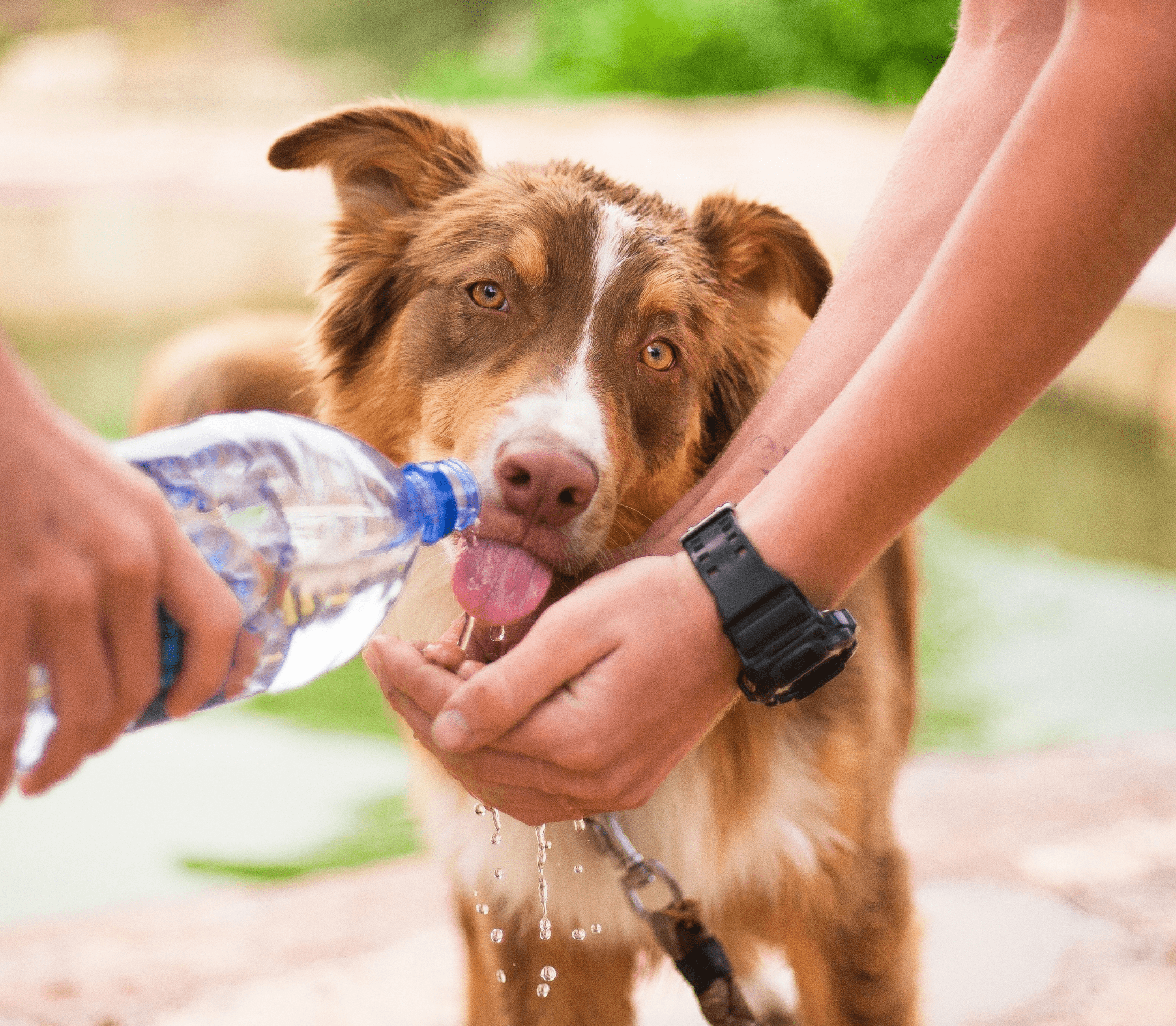Adopt a Shelter Cat
June is Adopt A Shelter Cat Month! Are you ready to bring a new feline buddy into your home? If so, please consider looking for Fluffy in a shelter. There are millions of sweet, lovable pets in shelters, and many of them don’t have very much time to find loving homes! A Hyattsville, MD vet discusses adopting shelter cats in this article.
Why Go To A Shelter?
There are many reasons to find your pet in a shelter. First and foremost, you’ll be giving that one sweet furball a second chance. Saving a life is definitely something to feel great about. You may also save money, since shelter pets are typically cheaper than kitties you would get from breeders or pet stores. You’ll also be helping promote good animal welfare, both by supporting the shelter and freeing up some space.
Picking Your Pet
No matter what kind of kitty you are looking for, there’s a good chance you’ll find Fluffy in a shelter. Of course, it isn’t uncommon for cats to pick their humans, rather than it being the other way around. Many people have adopted kitties that walked up to them, or grabbed their sleeves through cage bars. Just be sure to spend a little time with your new buddy before bringing her home. When you adopt a pet, you’re committing to care for that animal for the rest of her life. It’s important to choose the right one!
Helping Fluffy Adjust
Being in a shelter can be a scary—and even traumatic—experience for pets. Fluffy often ends up in shelters through no fault of her own, and may be scared and confused by the experience. When you bring your furball home, offer her all the luxuries a kitty could want: bedding, toys, treats, cat furniture, and, if possible, a good window view. You may want to start your furry pal off in a quiet back room for the first few days, so she can adjust and settle in. You’ll want to schedule a trip to the vet’s within the first few days, but other than that, just give your feline buddy time to relax and settle in. If you have other pets, make introductions slowly and carefully. Ask your vet for specific advice.
Please reach out to us, your Hyattsville, MD pet hospital, for all your pet’s veterinary care needs. We’re here to help!



